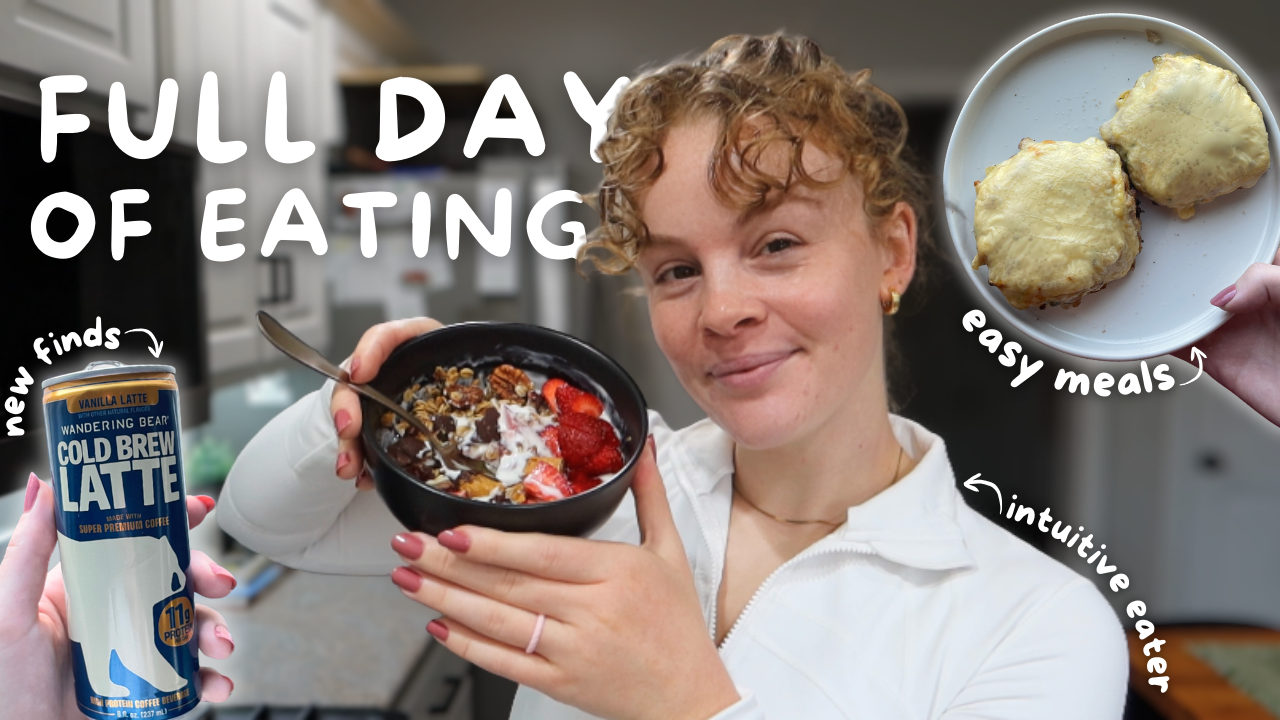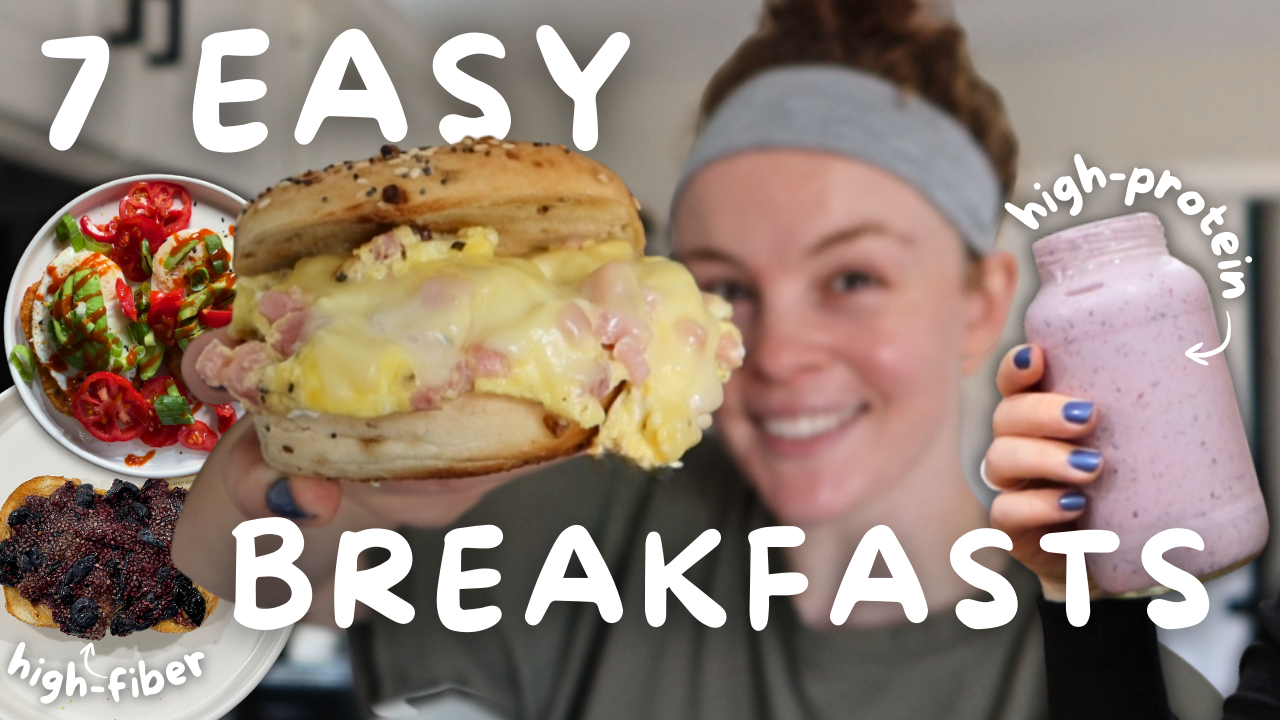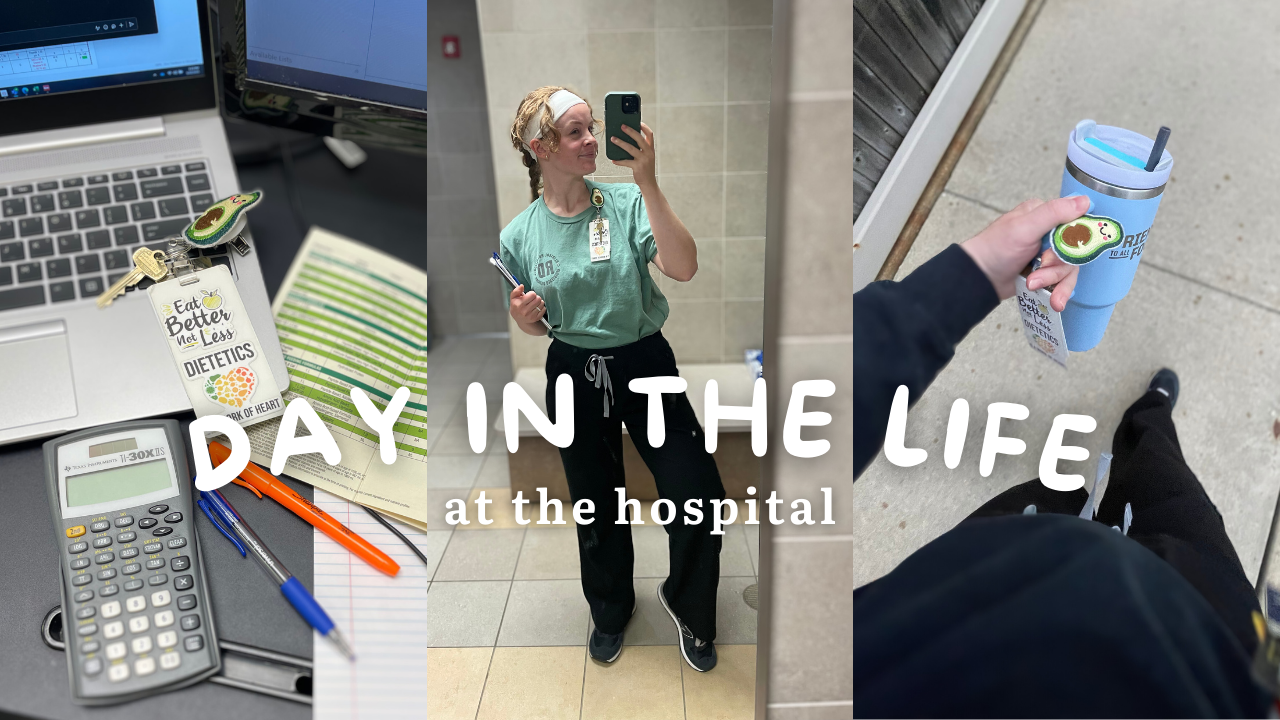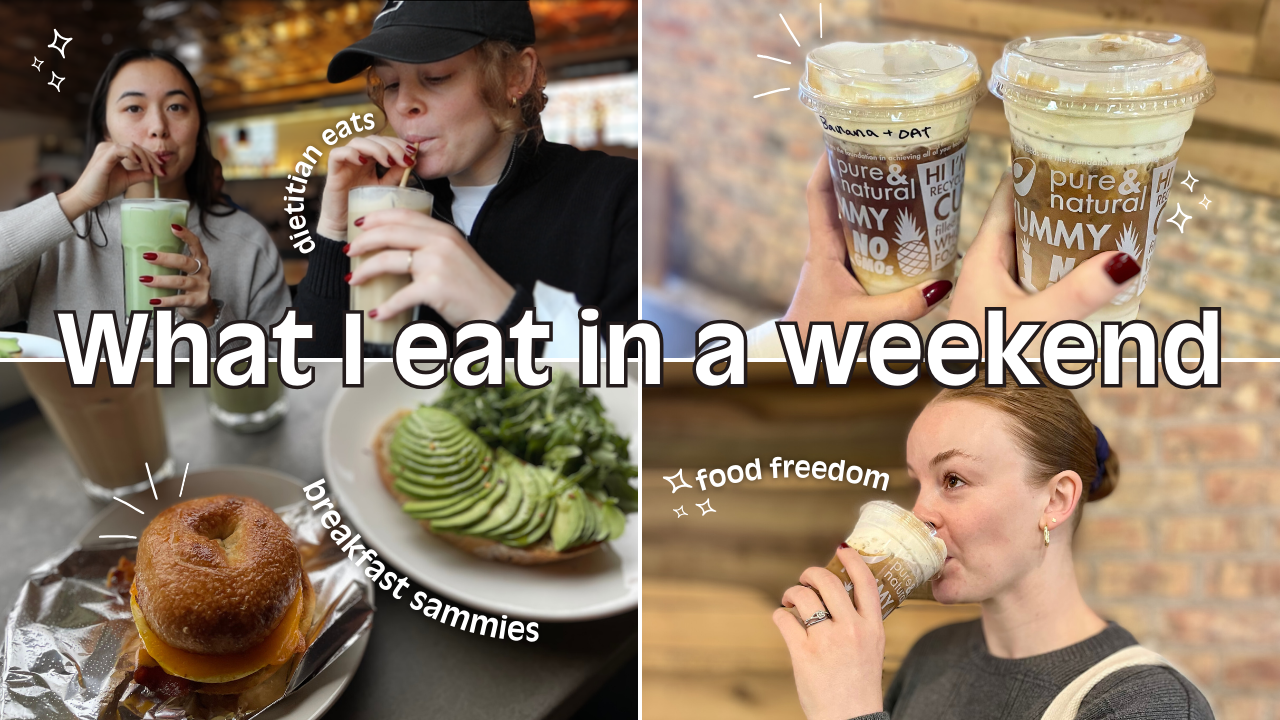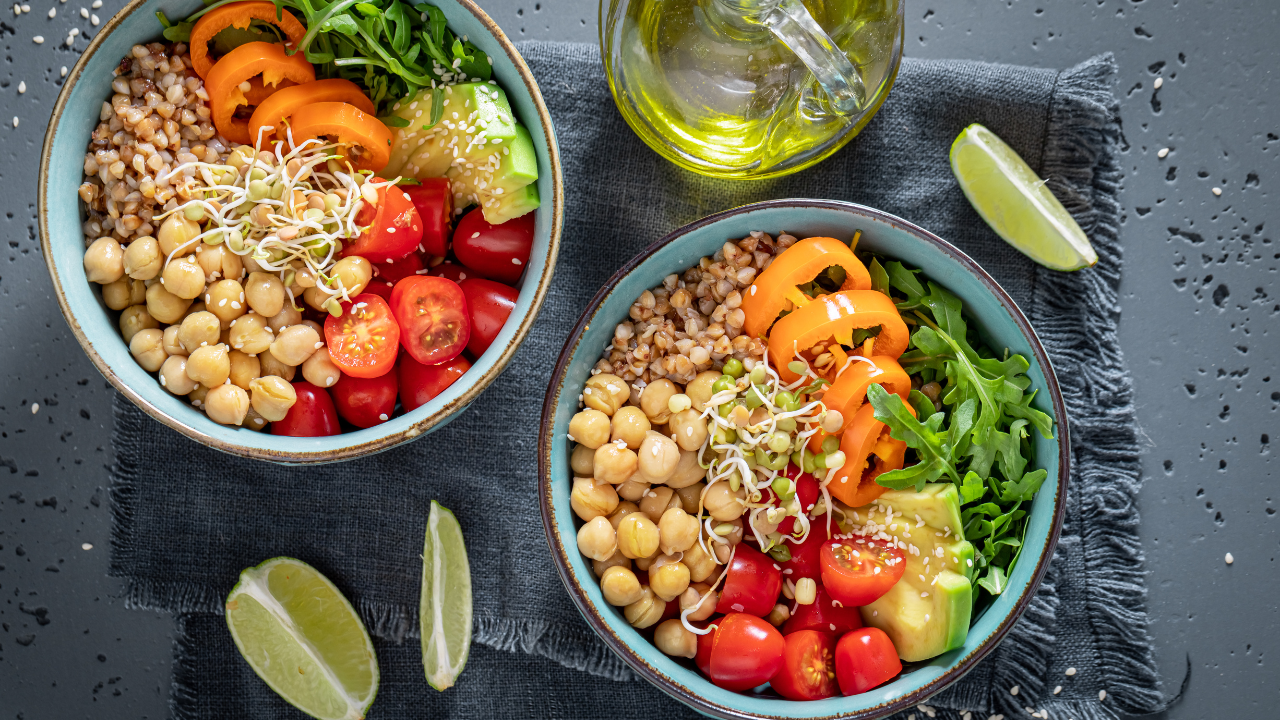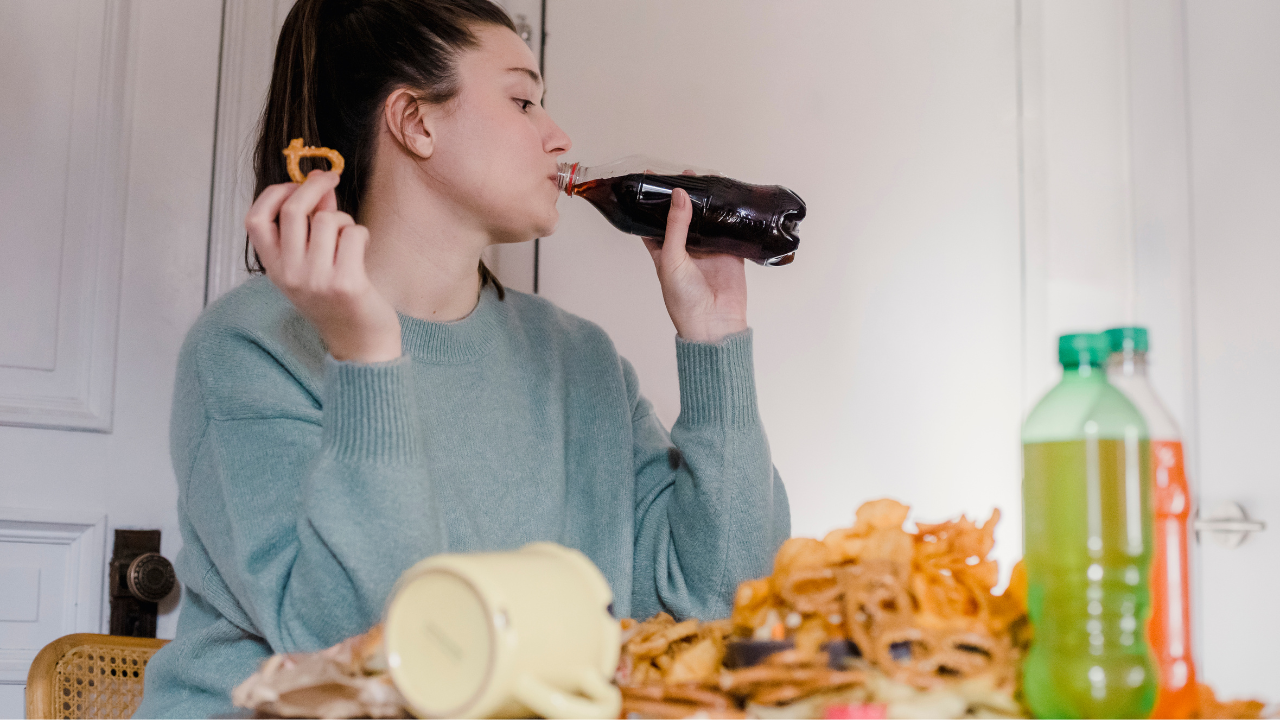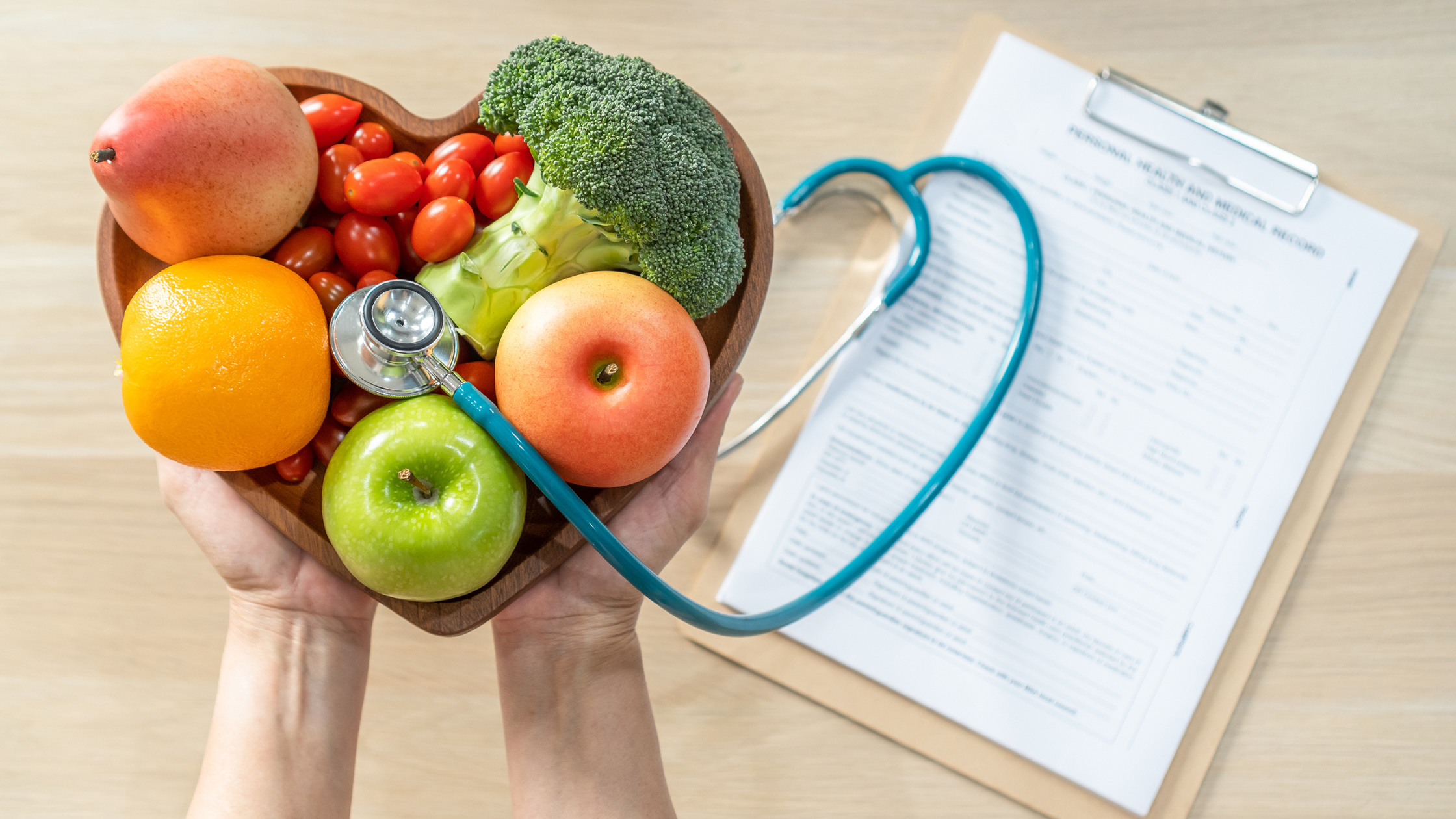Make Peace with Food - Intuitive Eating Principle 3
There is one thing that all diets have in common - restriction. Dieting requires us to restrict the amount of food we eat or deprive ourselves of "bad", "unhealthy" foods.
Ironically, when we restrict food, we tend to want it more. Think of it this way - if you tell a kid “don’t push that big red button” - what does the kid want to do? They really want to push the big red button, of course! This is what happens in our brains when you are told that you “can’t” eat something” You are biologically and psychologically wired to want to eat it so much more!
Although easier said than done, the solution to this is to make peace with food. This means all food, even the ones that have previously been labeled as “bad” or “unhealthy”.
Making peace with food is the third principle of a framework known as Intuitive Eating. If you’d like to learn more about Intuitive Eating principles one and two, check out this post as well as this one.
What is intuitive eating?
Intuitive eating is a non-diet approach to eating that was developed by two registered dietitians, Evelyn Tribole and Elyse Resch. There are 10 principles of intuitive eating with a goal of helping you improve your relationship with food and your body.
Reject the diet mentality
Honor your hunger
Make peace with food
Challenge the food police
Discover the satisfaction factor
Feel your fullness
Cope with your emotions with kindness
Respect your body
Movement - feel the difference
Honor your health - gentle nutrition
New to intuitive eating and want to learn more? Check out this blog post.
The Deprivation-Guilt Seesaw
Allow me to illustrate how deprivation and restriction worsens our relationship with food.
When you are dieting, deprivation increases. Meanwhile, guilty feelings go down because you aren't eating any "bad" foods. But there is a limit to how high the deprivation can go...
Since you've been "good", you allow some forbidden foods in. But as you eat these foods, you start to feel guilty. You think "what's the point" and continue to "be bad".
The guilt continues to build, deprivation decreases. You feel worse about your food choices and guilt reaches an all-time high. Eventually, you go on the next diet and the seesaw continues up and down.
So how do we overcome the cycle of deprivation and guilt? Give yourself unconditional permission to eat.
I know this is way easier said than done. Let’s discuss some common fears that may be holding you back.
“If I have no food rules, I won’t stop eating”
At first, this may be true. But exposure dulls the novelty. There is a phenomenon known as habituation that is going to eventually take place. The more you expose yourself to a food, the less appealing it will become. And the only way you will get to this place is to eat!
This whole making peace with food thing is not just about knowledge - it's about experience. So while you may know that all of this is true, you will likely still struggle with making peace with food unless you actually eat the food. It's like trying to learn how to drive by just reading a manual. You have to practice!
“I’ll just eat unhealthy foods if I give myself permission”
This is one of the most common misunderstandings about making peace with food and intuitive eating as a whole. But contrary to popular belief, intuitive eating is not just eating pizza and donuts (although allowing these is one huge benefit).
Nutrition cannot be the driving force at the beginning of your intuitive eating journey. Focusing solely on nutrition can perpetuate restrictive thoughts. But over time, your intuitive signals will help guide you and you will find that you enjoy eating both “fun” foods as well as nutrient-dense foods.
Even if you are at the beginning of your journey, think about how you would feel eating pizza and donuts for every meal. It likely wouldn’t feel too great! Eventually, you will find balance in your food choices. And it is important to note that balance looks different for everyone and even varies day to day.
“I’ve tried making peace with food before and it doesn’t work”
Let me ask you a question - did you give yourself true permission to eat or was it pseudo-permission?
Maybe you've "allowed" yourself to eat certain foods, but still overate and felt out of control around them. This is likely because you did not give yourself unconditional permission.
Pseudo-permission can look like this:
"I'll eat this cake and just do an extra workout tomorrow."
"I really shouldn't be eating this cheeseburger."
"I've been good, I can eat this cookie and just get back to my diet right after I'm done"
You need to give yourself both physical and emotional permission to eat all foods.
“I know it works for others, but there is no way it will work for me”
Intellectually, you know that this works. You've seen that it works for others and you believe in my the intuitive eating philosophy. But you are afraid that it won't work for you. I totally get it. Making peace with food is scary stuff!
It's going to take time. You will have small wins along with periods of rebound eating. It's a healing process. No matter how your distrust with food and your body was formed (childhood trauma, teenage/adult years in diet culture, etc.), you can take back ownership of your eating signals and make peace with food.
How to Make Peace with Food
Step 1
Make a list of your fear foods. It might help to categorize them based on how challenging the foods are. Are they very challenging, somewhat challenging, or not too challenging? This will help you in the next step when deciding which forbidden foods to try.
Step 2
Plan ahead. Select one food at a time and brainstorm how you will introduce this food. It might help to ask yourself these questions:
Which food are you planning to try?
How much are you planning to have?
When will you eat it?
Where will you be?
Who will you be with?
Step 3
Time to try it out! Before eating the chosen food, make sure you are adequately nourished, well rested, and in a peaceful and non-chaotic mood. Start eating the food and be mindful of the taste, textures, and if it is satisfying you. Journal your experience if you find this helpful.
Step 4
Repeat as needed. You may need to follow these steps for a particular food more than once if there are very charged emotions around it. Try to practice self-compassion. Challenging food fears takes courage! It's okay if you did not face your fear "perfectly".
Don't make "eating whatever, whenever" a new diet
When people tell me that intuitive eating doesn’t “work” for them, it is often because it has just turned into another diet for them.
While you have unconditional permission to eat whatever you want, as much as you want, whenever you want, taking this to the extreme is not going to feel very good. And it is not intuitive. Keep hunger and fullness in mind. Attunement with your body's cues is an important part of this process.
Bottom line
Making peace with food is the third principle of Intuitive Eating. It involves challenging the act of dieting and restricting and incorporating all foods so that you can find joy in your eating habits.
Up next
Principle 4 - Challenge the Food Police










